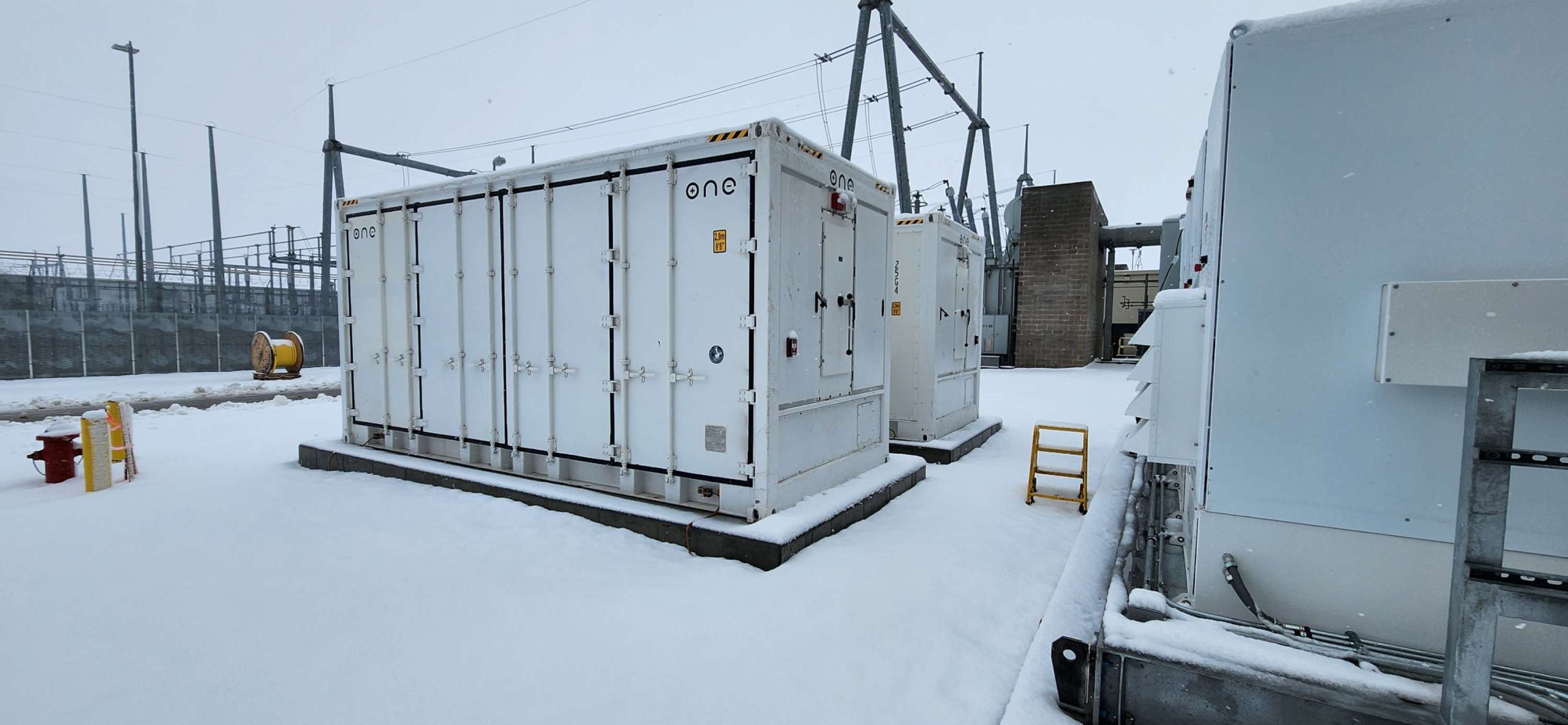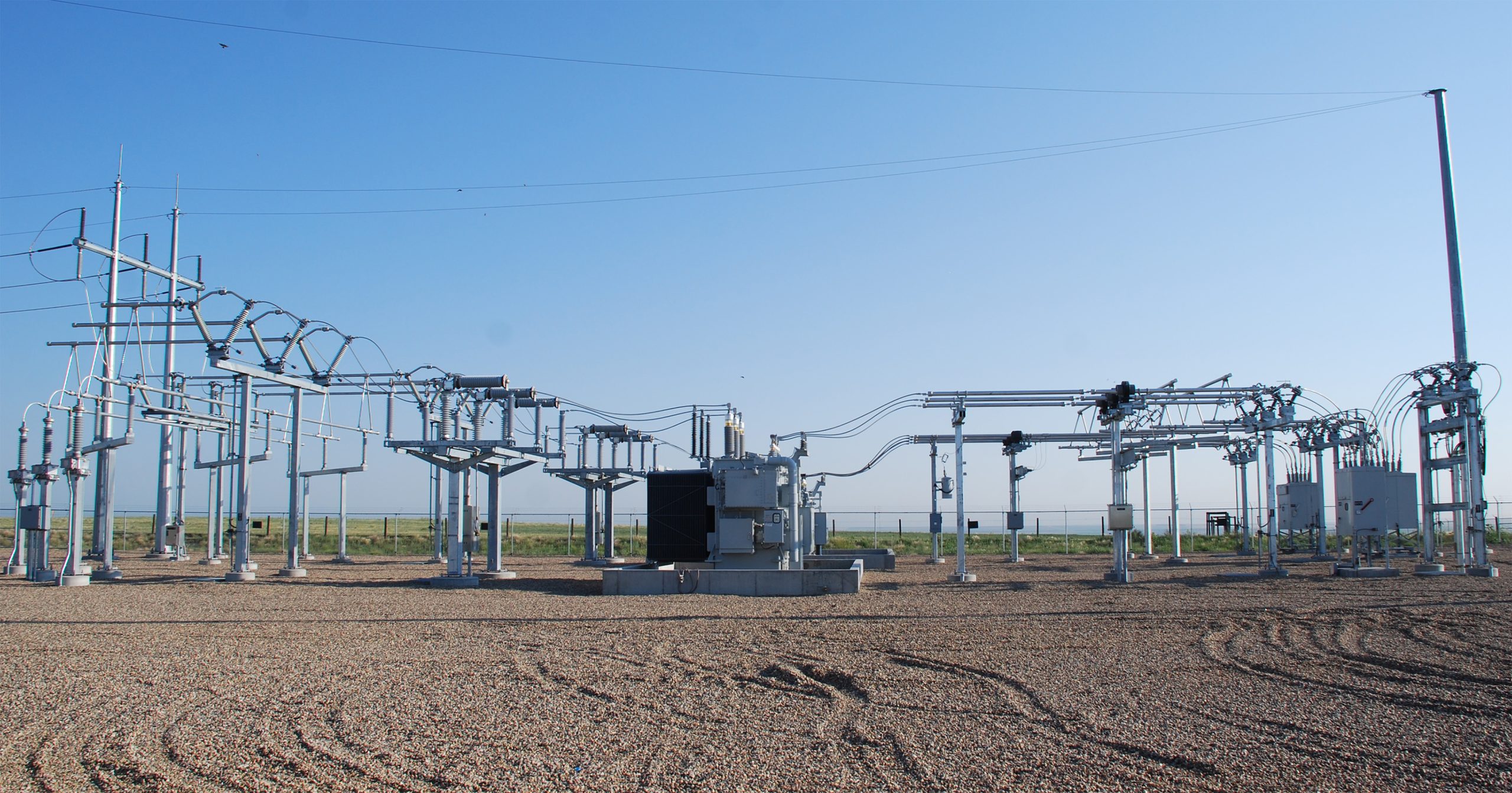
Putting Power Delivery on the Grid
April 24, 2025
Most people don’t give much thought to how power gets to homes and businesses, but for MKEC’s Power Delivery group, it’s always top of mind.
Based out of MKEC’s Overland Park, Kansas, office, the recently rebranded Power Delivery group focuses its efforts not just on traditional power generation options but on renewables, as well. The group changed its name from electric utility design to power delivery to better reflect the changing landscape of the energy sector.
“To me, power delivery means we work for more than just utilities,” says Joe Dieker, electrical engineer and senior project manager for MKEC. “We work for some end-use clients. We work for renewables. It kind of widens and tells people exactly what we’re doing while leaning toward adding in that renewables sector, too.”
Giving Clients Our Best
While our power delivery group is growing, having a small team does provide some advantages.
“We have a smaller group, but every design that we have, you get the A team from us,” Dieker says. “We pride ourselves on communication and being upfront with clients. We want to be an extension of their team. In addition, we put a priority on constructability, which helps to minimize problems as structures and transmission lines are built.”
The smaller size of our group also means our engineers are flexible and can provide what the client needs by working together, even on parts of the project that aren’t necessarily assigned to power delivery.
The environment at MKEC allows for cooperation and creative problem-solving across engineering disciplines.
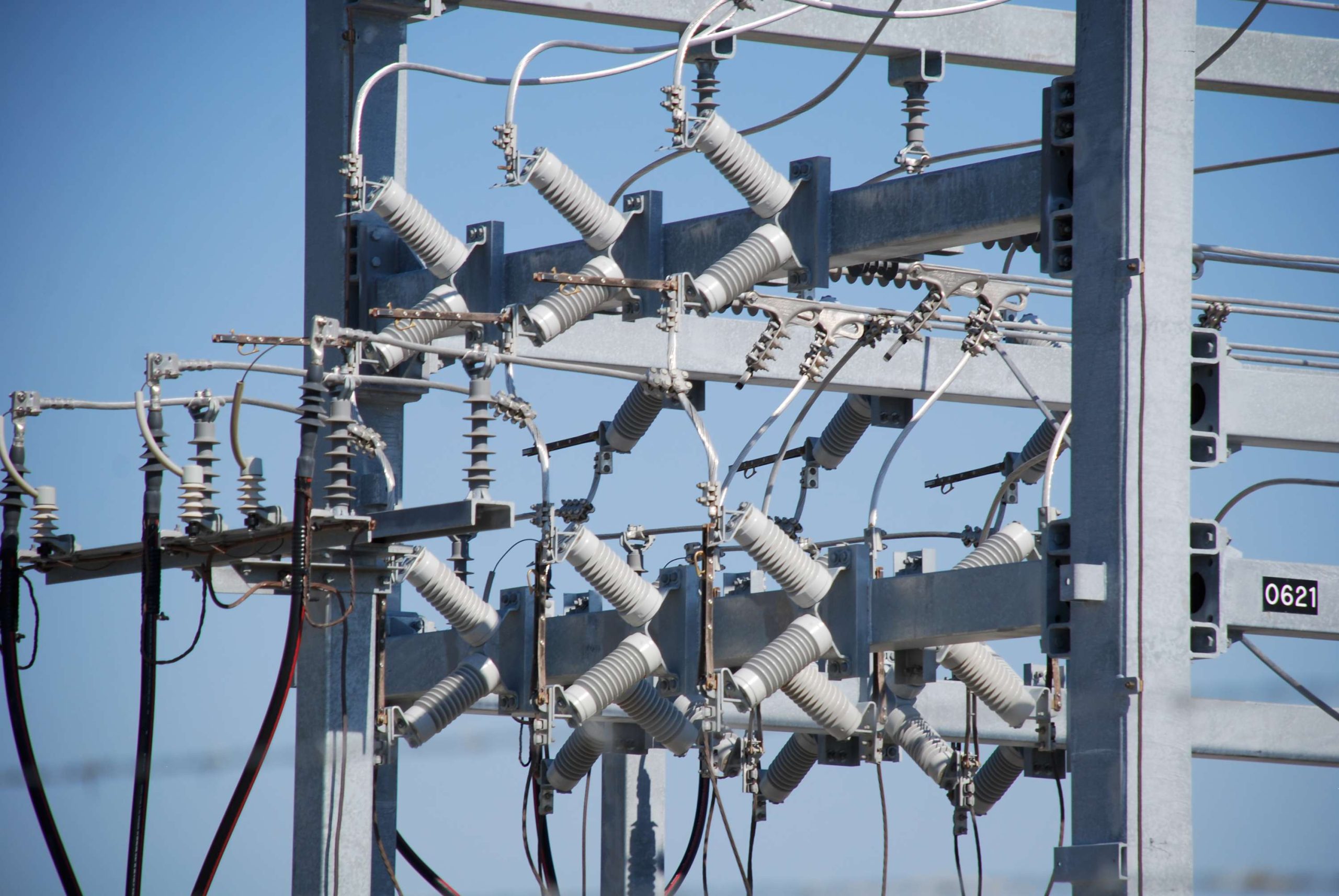
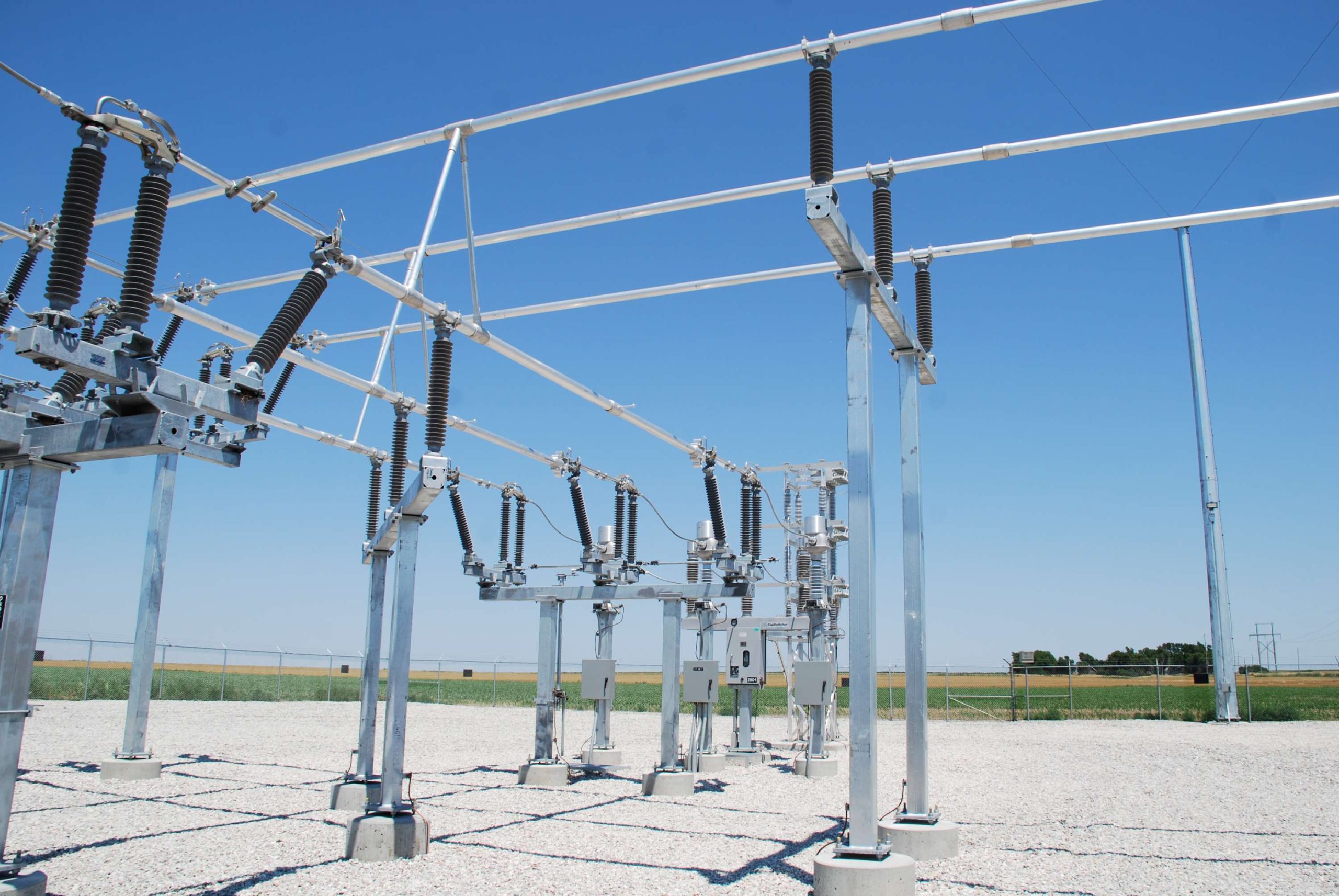
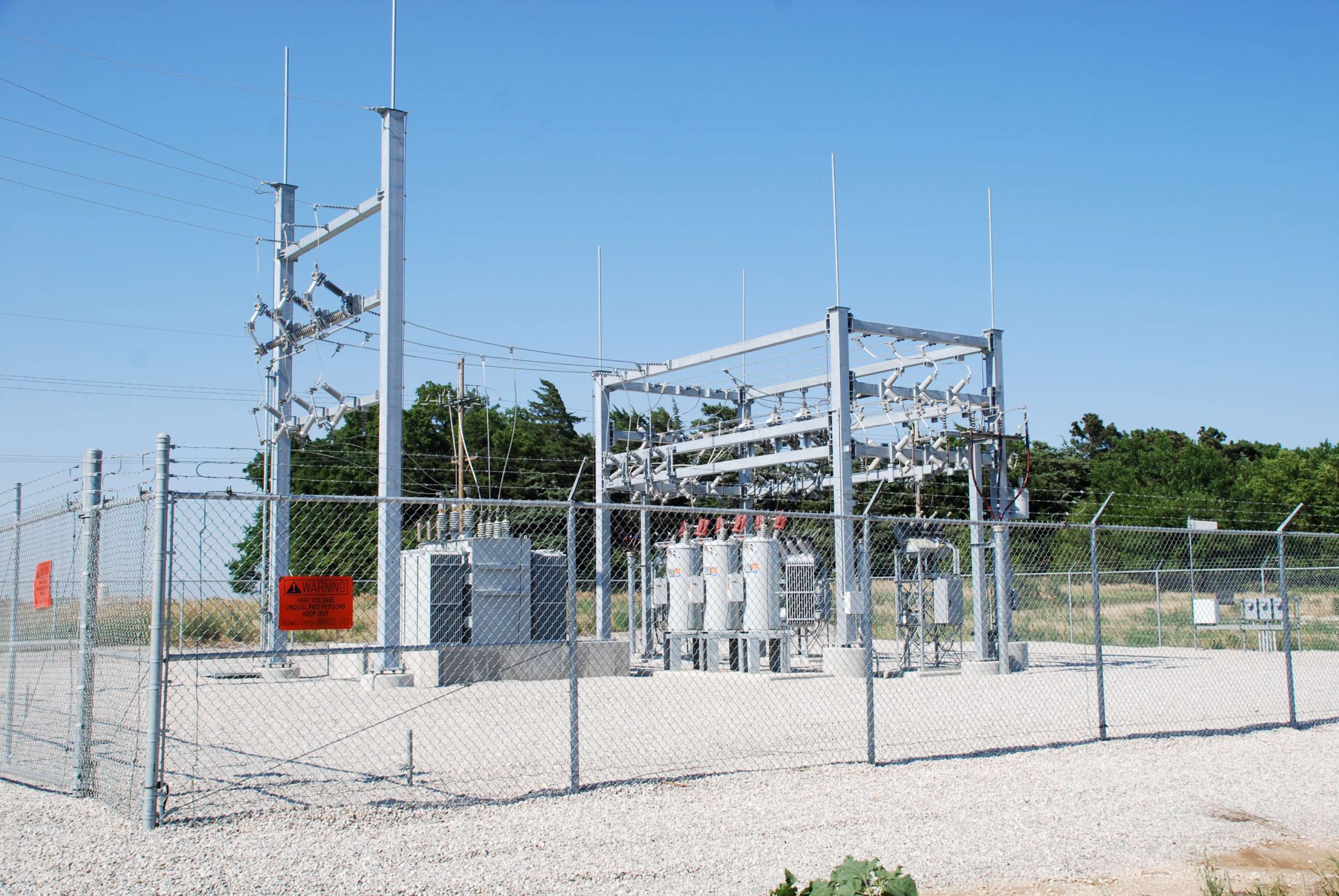
“In power delivery, we have all electrical engineers, but there are civil and structural parts of our projects,” Dieker says. “Three to four times a week, we’re talking to structural or civil MKEC team members because we don’t just need power delivery people; we need structural and civil, too.”
Our commitment to providing the best service possible for our clients also means overcoming problems when they arise.
“If we have problems with equipment or clearances, we come up with potential solutions before we go to the client with an issue,” Dieker says. “We want to bring at least one solution to the table. This helps keep projects on schedule and under budget even when things don’t go as planned.”
Taking on New Projects
That cooperation allows us to say yes to projects – even if we haven’t tackled them before. For example, we took on a large solar project in West Virginia that involved every discipline. We were part of the design team for what will be one of the world’s largest solar and storage microgrids, located on a 2,000-acre site. The microgrid will consist of solar arrays where the panels will generate solar energy to power a nearby titanium melt facility.
“We completed the engineering design for civil, structural, and electrical. And now we’ve been kept on as the owner’s engineer on the electrical part of it for construction as well,” Dieker says.
MKEC also recently took on a transmission line project in McPherson, Kansas. This project involved structural, transmission line design, as well as protection and control work at both ends.
Avoiding lengthy power outages is a primary focus of our team. Part of that is making sure that the design is accurate and efficient before it goes to construction, and that means we design every part, including the insulators, cables, and breakers to make sure they all fit together. Ill-fitting pieces can slow construction down and lead to fines if power pool regulations aren’t met.
“Because we work with power, we want to make sure that our customers’ outages during construction are minimized,” Dieker says. “Besides the inconvenience it causes, the power pool often requires them to be back online at certain times.”
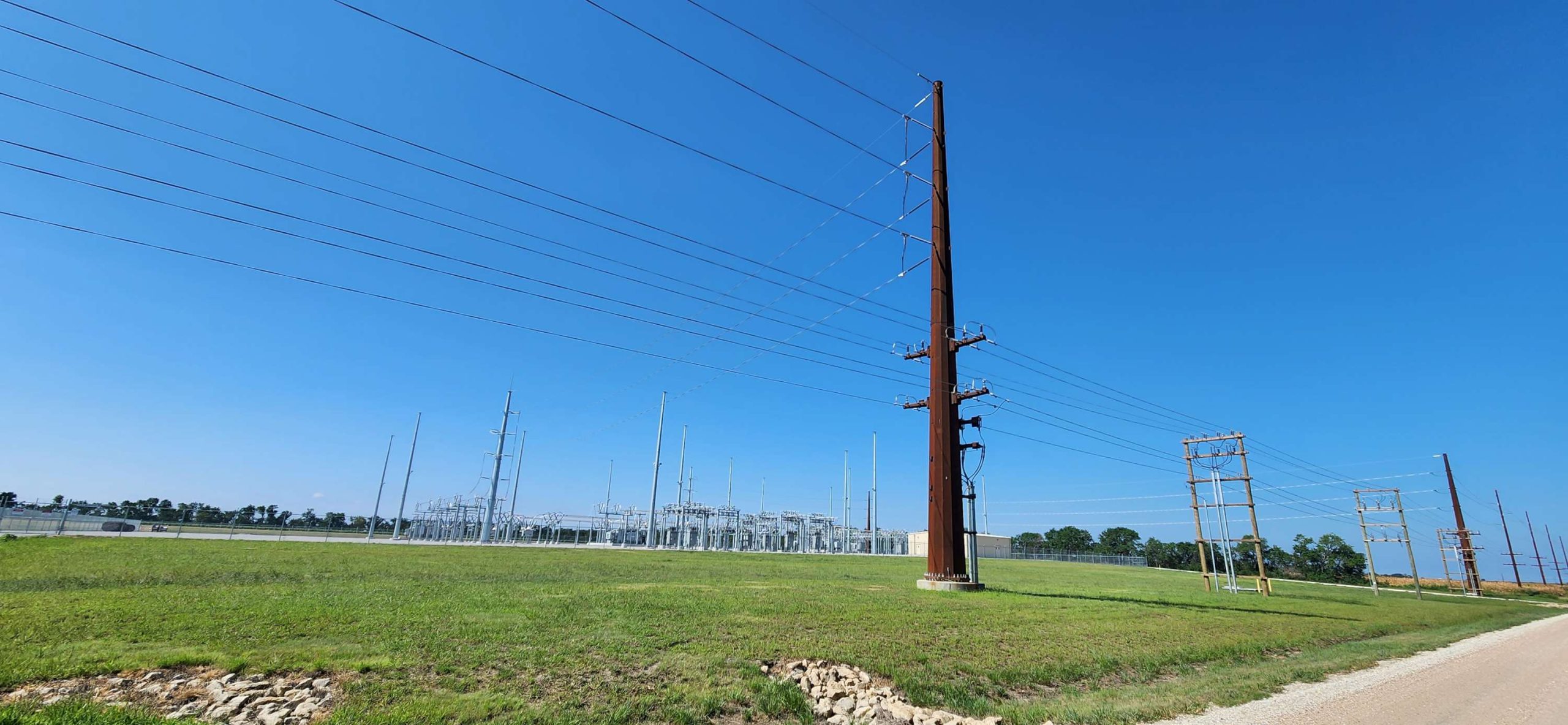
Growing the Team
As MKEC continues to grow, so does its need for new engineers, but finding electrical engineers for the power delivery team can sometimes be challenging.
“Few universities emphasize going into the power industry,” Dieker says. “There’s already a small pool of electrical engineers, and many of them tend to go toward the industrial side.”
Those that do choose a career in power delivery find it to be rewarding, though.
“What I really like is going to see the physical thing that you’re building,” Dieker says. “I get to show my son substations and transmission lines, and I think it’s rewarding in that we’re working toward getting more reliable power to customers, which benefits everyone.”
The key to being a successful engineer in the power delivery sector is simply having an interest in the field and a willingness to try something new and step into any situation with confidence. “If you’re someone who wants to go out there in the field and see things and do things and see how actual things are built, then the power systems industry could be a great fit for you,” Dieker says.

“I think it’s rewarding in that we’re working toward getting more reliable power to customers, which benefits everyone.”
Joe Dieker, senior project manager
